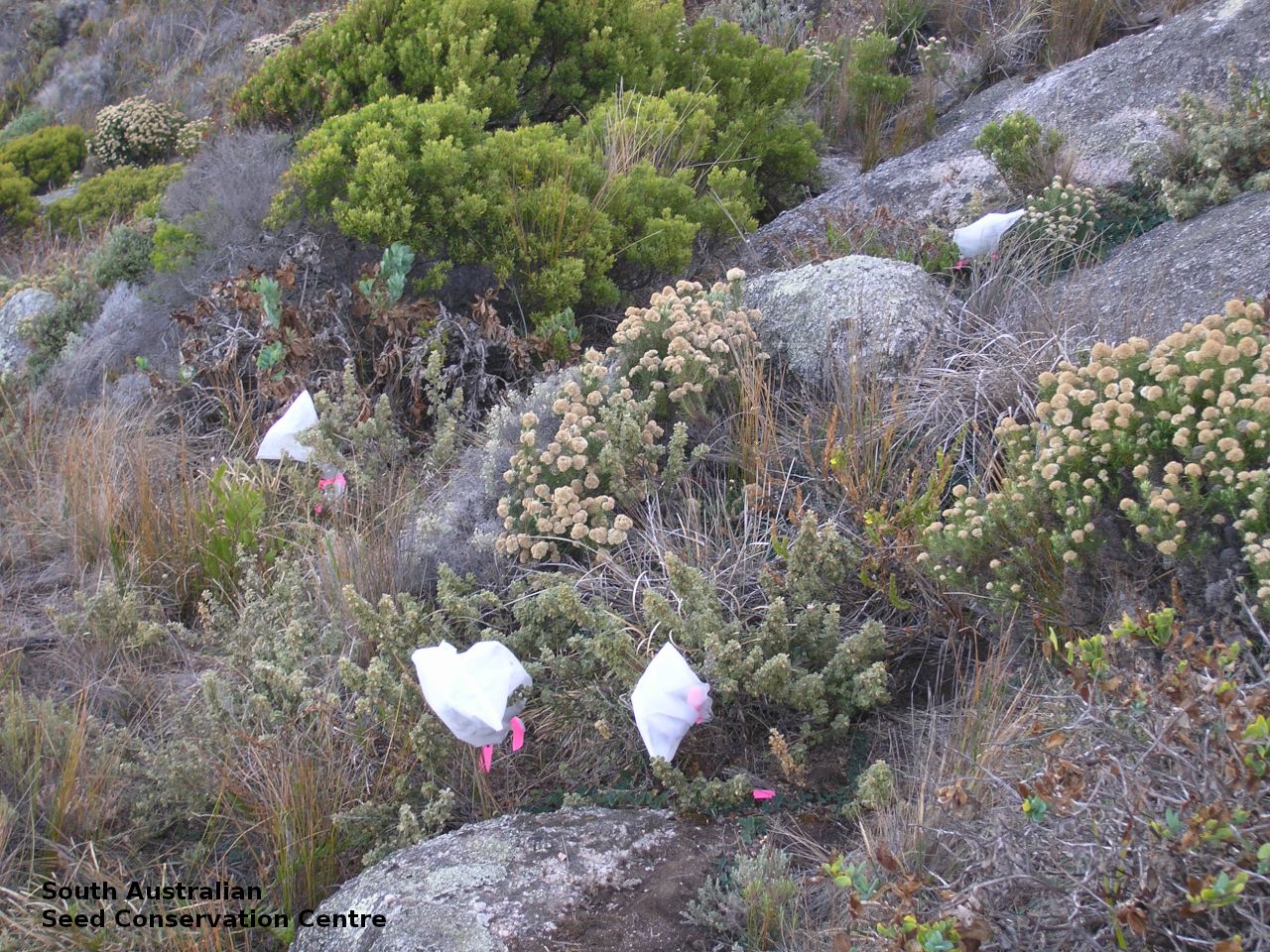








Botanical art
Prior names
Correa rotundifolia
Correa alba var. rotundifolia
Common names
White Correa
Etymology
Correa named after Jose Francisco Correa de Serra (1751-1823), a Portuguese botanist. Alba from the Latin 'albus' meaning white; referring to the colour of its flowers. Pannosa from the Latin 'pannus' meaning a piece of cloth; alluding to the leaves densely covered with short hairs resembling velvet.
Distribution and status
Found in coastal areas from the Fleurieu Peninsula to Kingston in South Australia, growing on calcareous substrates. Also found in Victoria. Native. Rare in South Australia. Rare in victoria.
Herbarium regions: Southern Lofty, South Eastern
AVH map: SA distribution map (external link)
Plant description
Procumbent to erect shrub to 1 m high and 1.5 m wide with scabridulous stems. Leaves broadly elliptic, to 1.5 cm long and 1.5 cm wide, densely tomentose to velvety. Inflorescence solitary or in clusters of 2-5 on short axillary branches with cup-shaped, white, cream or pink flowers. Flowers in spring and summer. Fruits are pale brown capsule to 7 mm long, enclose by the sepals. Seeds are dark mottled brown reniform seed to 5 mm long and 3 mm wide, with a smooth surface. Seed embryo type is linear fully developed.
Seed collection and propagation
Collect seeds between November and February. Collect mature capsules, those that are turning a pale straw colour and contain hard seeds, either by hands or place small breathable bags over immature capsules to collect seed. Capsules maybe hard to see as it is enclose by the sepals. Place the capsules in a tray and leave to dry for a weeks. Then rub the capsules gently by hand to dislodge the seeds. Be very careful as the seed coat is thin and easily damaged. Use a sieve to separate the unwanted material. Store the seeds with a desiccant such as dried silica beads or dry rice, in an air tight container in a cool and dry place. From one collection, the seed viability was average, at 75%. This species has morphophysiological dormancy and can be difficult to germinate.
| Location | No. of seeds (weight grams) | Number of plants | Date collected | Collection number Collection location | Date stored | % Viability | Storage temperature |
|---|---|---|---|---|---|---|---|
| BGA MSB | 1,400 (10.69 g) 1,200 (9 g) | 70 | 15-Nov-2005 | MKJ139 Southern Lofty | 8-Aug-2006 | 75% | -18°C |
Number of plants: This is the number of plants from which the seeds were collected.
Collection location: The Herbarium of South Australia's region name.
% Viability: Percentage of filled healthy seeds determined by a cut test or x-ray.